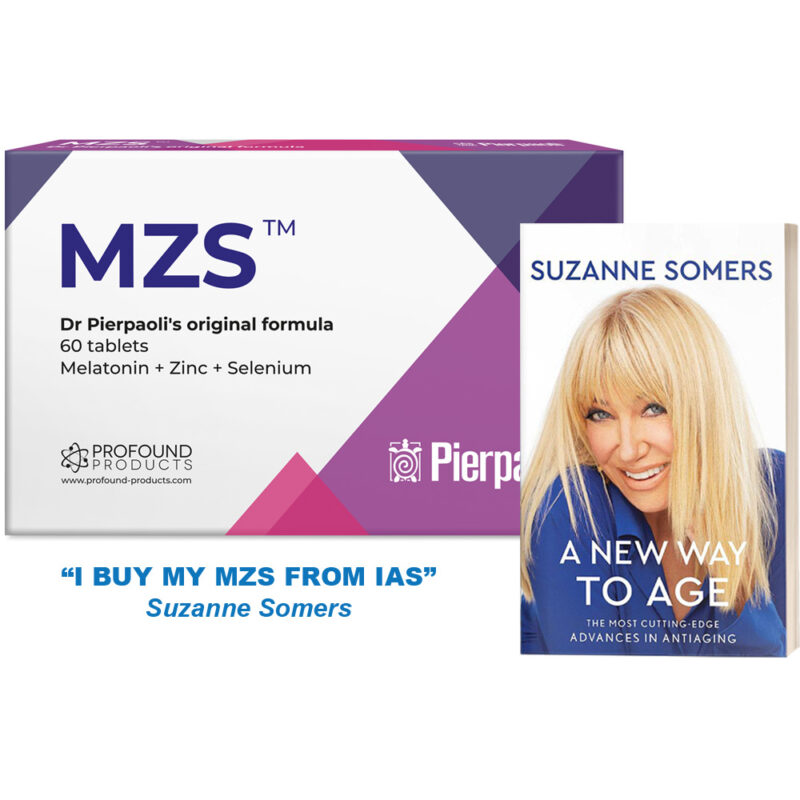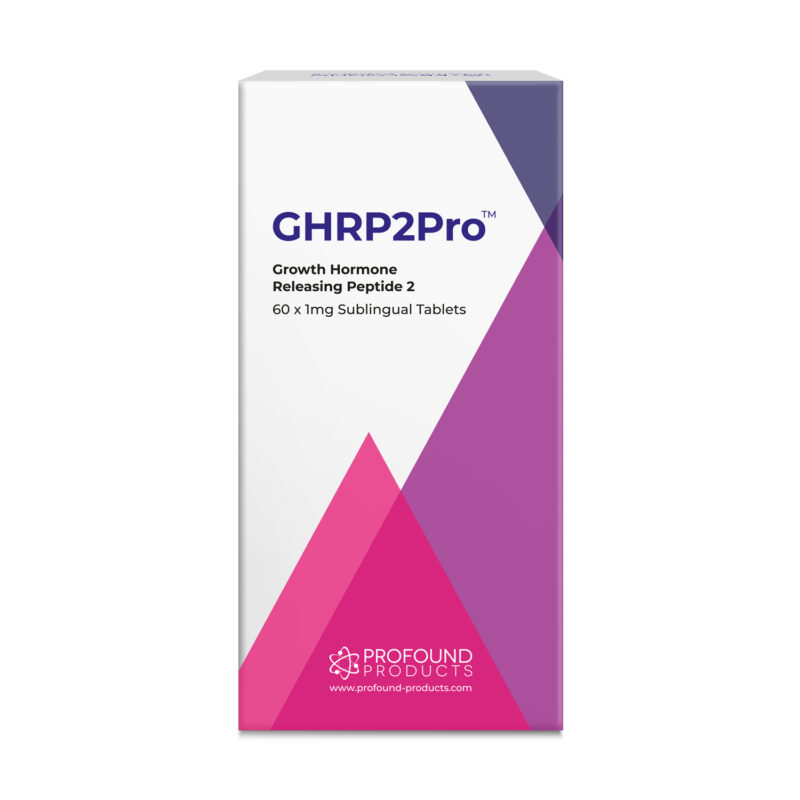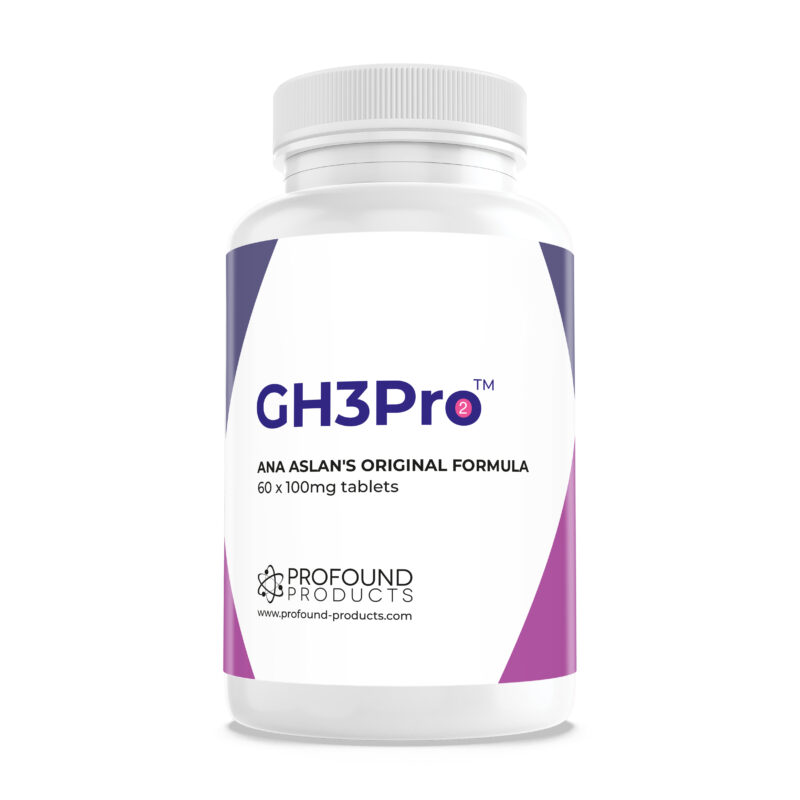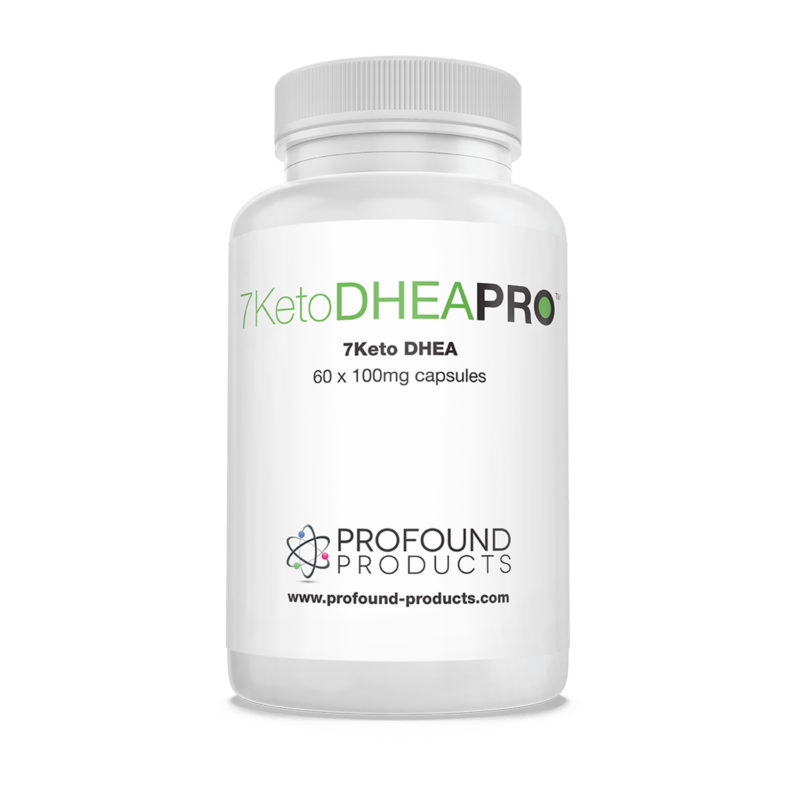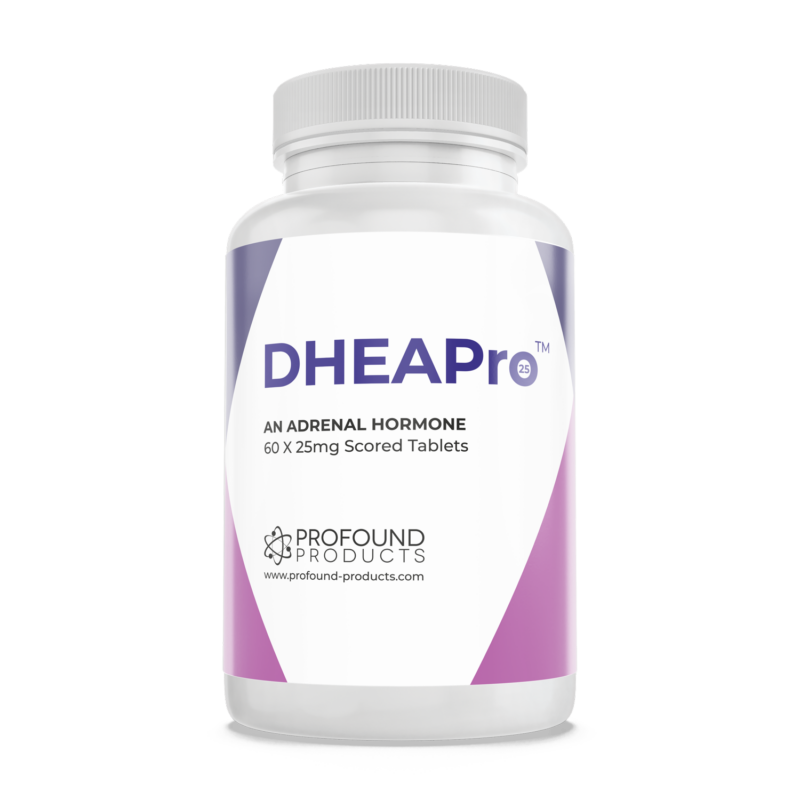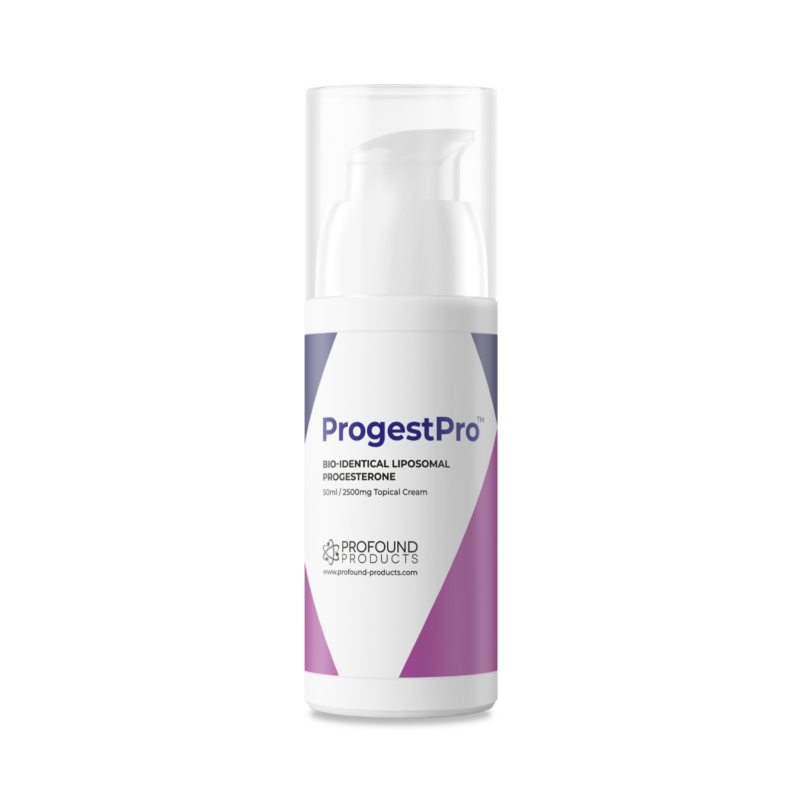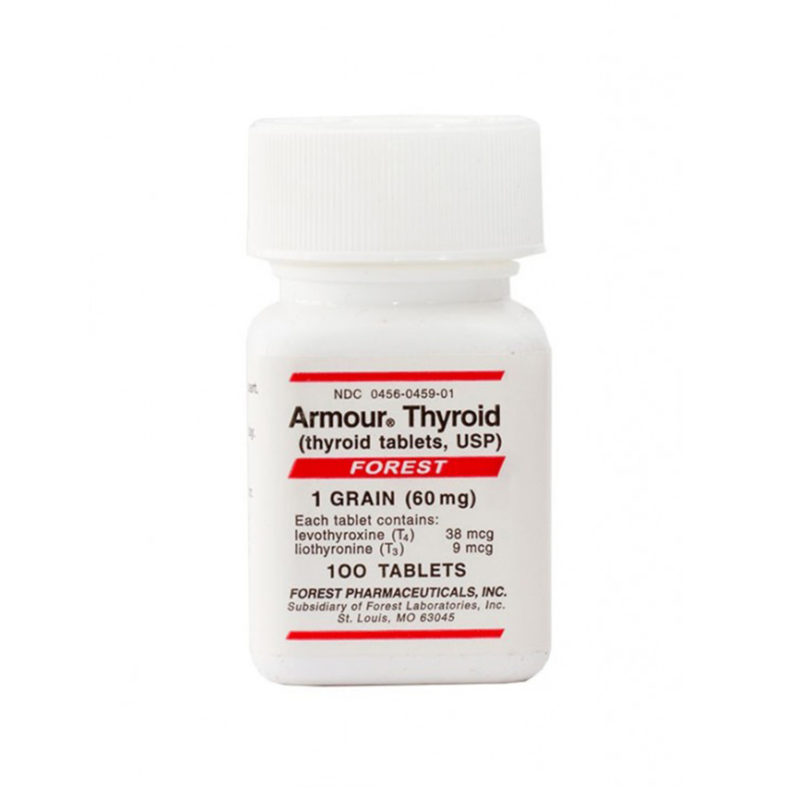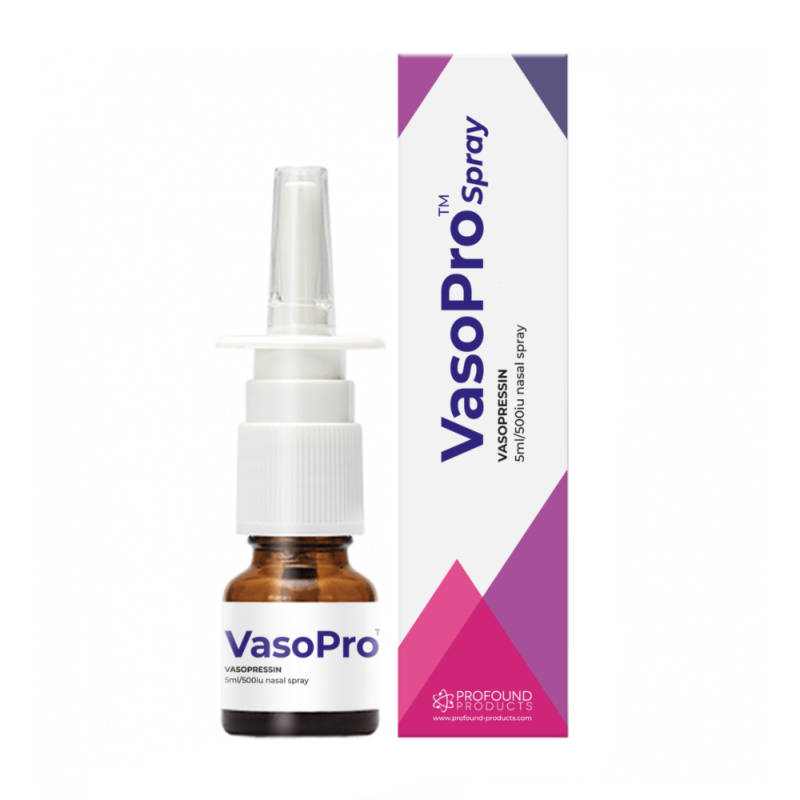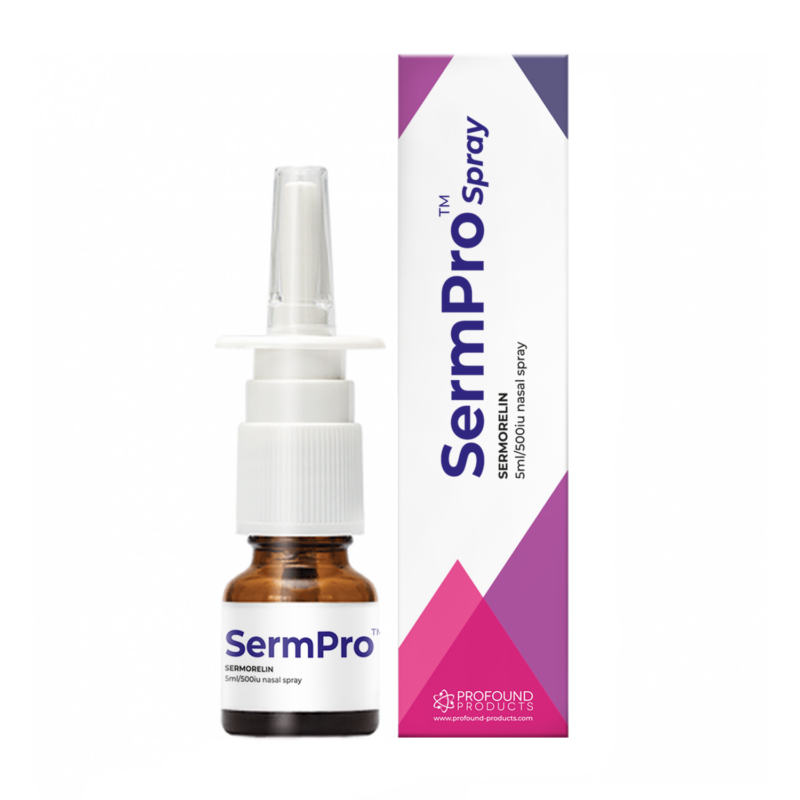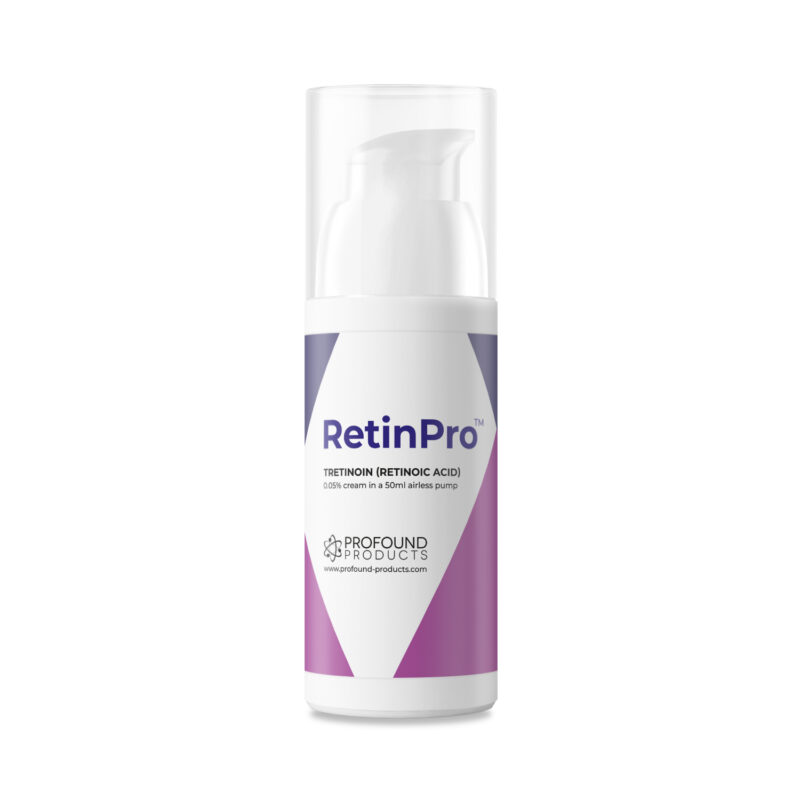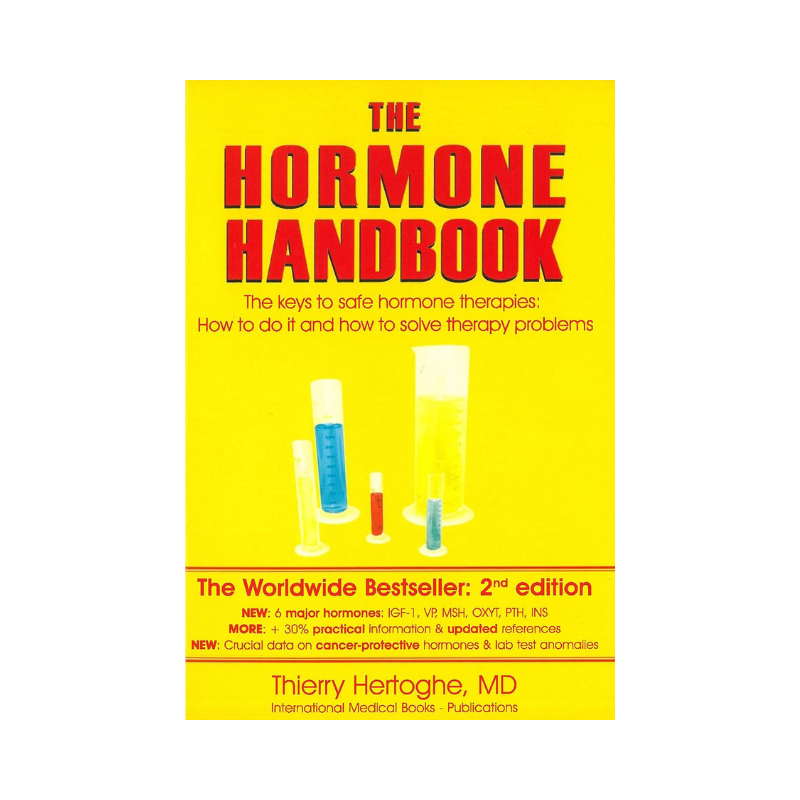Health care bogged down by ‘old think’
Practical mindedness avoids ‘Old Think’
For the last three hundred years, Americans have been admired for their practical mindedness. For example, in the middle of the eighteenth century, Benjamin Franklin established an efficient postal and public library system that allowed rapid dissemination of news and information throughout the colonies. Other countries had no such systems and no interest in a more literate and informed populace. Our forefathers were rarely bogged down in outdated thinking and traditions. They were all too willing to adapt new solutions to vexing problems instead of resting on their laurels with outdated and ‘old think’ ways of doing things. American creativity and inventiveness were paramount.
However today, we are sometimes bogged down by ‘old think’ in health care. For example, nearly all physicians use a hundred-year-old method of chest palpitation during annual physicals – definitely ‘old think.’ On the other hand, physicians of my acquaintance are instead applying ultrasound to the body’s critical organs and blood vessels in order to establish a clearer picture of internal health status.
Let us not get bogged down in old-fashioned ways of thinking. ‘New think’ encourages us to refocus and reinvent ourselves.
Drugs causing abnormal thinking and strange behavior
For example, the prescription sleep-aid Ambien® is known to cause abnormal thinking, strange behavior, and hallucinations. In 2006, Rep. Patrick (‘Patches’) Kennedy from Rhode Island drove in the wrong lane in DC and nearly ran down a Capitol cop while under the influence of Ambien®. Prescription sleep aids such as Ambien® and Lunestra® are ‘old think.’ By ‘old think’, I mean that many physicians prescribe them even though better solutions (‘new think’) are available. ‘New think’ demands that more natural sleep aids, such as the hormone melatonin, be used to resolve sleep problems. Low dose melatonin helps seniors attain a more natural, restful REM sleep. Today, conventional sleep drugs are worse than the sleep aids of the 50s, when various barbiturates such as sodium secobarbital were commonly used without significant adverse side effects. Talk about going backwards!
Instead of Ambien®, I recommend a bedtime cocktail of the HGH (growth hormone) combined with IGF-1. Especially in seniors, this cocktail resets the hypothalamic clock responsible for the sleep cycle, called the circadian rhythm and allows them to stay awake past midnight as they did in their youth.* Second, this cocktail lowers cortisol, a hyperactivity night-time hormone that encourages insomnia, by 20 to 40 percent¹. Some people should combine this cocktail with melatonin and a cortisol modulating product such as DHEA, Gerovital® or phenytoin. These remedies used together effectively resolve sleep problems. They benefit by increasing, focusing, and encouraging one to act in a more resolute and determined manner thanks to a rebooting of the internal clocks of the hypothalamus and liver. Together they increase dreaming and reset the most elegant timepiece that nature has ever constructed. This results in seven to eight hours of deep and restful REM sleep. ** Lastly, they have a potent effect on the internal clocks’ cycles and strongly lengthened sleep in a dose-dependent manner, especially IGF-1².
Seven to eight hours sleep becomes critical to aging humans, since the body and the brain repair themselves with these powerful androgenic (tissue building) hormones.³ Interestingly, newborns require about seventeen hours and teenagers require about eleven hours sleep per day to maintain growth and repair of vital organs. Case in point: A study of senior men in Hawaii revealed that muscular and androgenic men with elevated total cholesterol and LDL had lower risk of heart failure than lean men with normal cholesterol and LDL. In other words, androgenic natural substances combined with exercise support a muscular body and robust internal organs, and this is critical to a long and healthy life!
On the other hand, the hormone cortisol is catabolic, meaning it tears down all tissues excessively during the sleep cycle. This degradation often results in organ and muscle-wasting, or sarcopenia, as seen in seniors with skeletal bodies and bony fingers. It tears down and weakens the heart muscle, especially if a protein-rich diet and ubiquinol are lacking.
Another important androgenic hormone, DHEA, prevents catabolic tear-down and encourages androgenic tissue build-up. I strongly recommend twice daily consumption of 10mg DHEA. This time-released hormone functions well when combined with exercise, a protein diet, and the aforementioned androgenic natural substances, especially HGH and IGF-1.
Thinning blood the natural way
My new patient John, age 81, came to me with an exasperated look on his face. He said that he was rushed to the hospital twice last year after overdosing on Warfarin®, a blood-thinning medication. Recently he was forced to make another emergency hospital visit after being put on ‘baby aspirin’ (85mg dose). I explained to John that Warfarin® and baby aspirin were part of the ‘old think’ from the bygone years of the 80s and 90s. Instead, I strongly advocated consuming nattokinase, 2,000-FU strength twice daily. Nattokinase is an enzyme derived from the food natto, which has been used in Japanese and other Asian cultures for millennia specifically for keeping the blood thin and viable. I consume 2,000-FU nattokinase twice daily, and this remedy results in a fibrinogen blood level of about 200 to 300 mg/dl – in other words, thin blood 24/7 that readily accesses all organs and tissues in the body. Nattokinase is the remedy of choice and the ‘new think’ of thousands of physicians who practice age management or antiaging medicine. So is the German enzyme product Wobenzym®, which has been used successfully for decades in Europe and is another fine example of ‘new think’ at work.
A second poignant example of ‘old think’ involves HGH or growth hormone. During the 80s, my medical colleagues feared HGH since the word ‘growth’ implied the possibility of cancer. If we fast-forward twenty-five years, we discover more than 55,000 references to HGH on Medline. These references attest to HGH safety when used in physiologic doses – NOT OVERDOSING OR MEGADOSING as some body builders and athletes do. Whenever I hear someone mention HGH as dangerous, I know that they are referring to 80s ‘old think’, and furthermore, they remain unfamiliar with scientific advances of the last ten to twenty-five years. Today we have prominent examples to injectable growth hormone, for example the latest development is the peptide sermorelin which can be used sublingually- more ‘new think’ at work.
Yet another ‘old think’ idea from the 90s was the supposed adverse cancer effects of the polypeptide IGF-1. ‘New think’ judges IGF-1 from a modern perspective, which includes over 250 clinical studies assembled in Thierry Hertoghe’s new book, “The physician hormone handbook, second edition”¹. Typically, people over the age of fifty years are deficient in both HGH and IGF-1 due to shrunken pituitary glands and/or dysfunctional, aging livers. Supplementing with IGF-1 combined with HGH results in broad-spectrum health improvements in memory, muscular strength, focus, mental well-being³, and circadian rhythm (my new research). Of these 250 studies, 55 address enhanced health especially in those over fifty years of age. Indeed, 47 of these 55 studies were published since the year 2000. Clinical studies done since 2000 reflect the ‘new think’ of age management medicine. Interestingly, several studies highlighted an average of 24 percent increase in muscular strength in seniors. If you plan to live past 80 years of age in superior health with sufficient REM sleep, correcting these two hormones is mandatory.
Correcting Hypothyroidism the Natural Way
Third, another ‘old think’ idea from the past was the misdiagnoses of low thyroid or hypothyroidism. The ‘old think’ sought only to lab test for TSH, T4, and T3; if they were within a normal reference range, patients were not treated, despite their severe and obvious hypothyroid symptoms! This phenomenon is called ‘subclinical hypothyroidism’ which was first reported in mid-westerners in JAMA (The Journal of the American Medical Association) during 1957, and subsequently ignored by the medical community. Due to this ubiquitous neglect, chiropractors have acquired, by default, many suffering patients rejected by conventional medicine.
From the 21st century, ‘new think’ carefully examines signs and symptoms of subclinical hypothyroidism.² Then, an early morning body temperature test (BBT) is preformed three or four mornings in a row. This is called the Barnes or Wilson test, and subclinical hypothyroid patients are likely to register below 97 degrees Fahrenheit during several mornings. Subsequently after the obligatory blood and urine tests, the patient is treated with thyroid medication. After about four-month’s treatment with such natural remedies as Armour® thyroid, the patient’s symptoms often subside, unless autoimmune problems are involved. The latter is especially true in the case of Hashimoto’s Thyroiditis, which suggests an autoimmune problem ninety percent of the time.
‘Old think’: correcting wrinkles with Botox®, etcetera
Until recently, poisoning facial nerves with the neurotoxins Botox® or Dysport® was the treatment du jour by most conventional dermatologists. This is ‘Old Think’. Then a genius medical doctor from Belgium, Dr. Thierry Hertoghe, made the outlandish assertion that some fine wrinkles around the eyes (periorbital rhytids) could be corrected by a less drastic and more natural approach. Surprisingly, he suggested that fine wrinkles and other fine skin structures are susceptible to dehydration through lack of the hormone vasopresin. Its commercial name is ‘Minirin®’; if one applies a few drops daily to fine facial wrinkles, they will appear to smooth out due to rehydration, plus the nasal spray can also be inhaled. It is also a good idea to apply a little hyaluronic acid serum since this attracts water to the dehydrated skin area. Acetyl hexapeptide-3 (known as Relax-A-Line™) and natural progesterone cream also help in obtaining a smoother, fresher look to your skin without the necessity of nerve toxins and painful injections, as can the latest high strength vitamin A technology Retin-A micro gel.
Authentic skin regeneration without drugs and chemicals
For the deep skin folds around the mouth called ‘nasolabial folds,’ conventional dermatology employs the hyaluronic acid fillers, Restylane® and Perlane®, which typically fill-out or raise the cheeks during a six-month period. This is ‘old think’. ‘New think’ employs the use of recent developments in stem-cell therapy. My favorite is called PRP (platelet-rich plasma injection).
The PRP process begins when sixty milliliters of blood are drawn from a patient and the resulting test tube or aliquot is spun down in an ordinary centrifuge. The top fraction (white blood cells) and the bottom fraction (red blood cells) are discarded. The middle yellow fraction consisting of stem and fat cells is saved (https://www.terumobct.com/biologics). This mixture is carefully and artfully injected into its dermatological destination, the damaged, wrinkled, or deep grooves on the face. Upon injection, this implantation of cells attracts growth and healing factors that correct skin imperfections caused by aging or even ordinary scars. For better effects and more rapid healing, patients should use daily the HGH plus IGF-1 cocktail as previously explained. Thus, one employs the body’s own healing components for alleviating some facial aspects of aging. This method also has some limited value for repairing sports injuries, although some doctors often advise other stem cell harvesting and implanting procedures. Consider the fact that PRP employs only the body’s own natural components for healing and regeneration – no synthetic, patented drugs used here!
In conclusion, we should dismiss the ‘old think’ of the last century and embrace the ‘new think’ of today. Who wants to drive a 1955 Buick? Optimal health and slowed or reversed aging are worthy goals for those open to new ideas and committed to ‘new think’.
References:
(1) Hertoghe, T. The hormone handbook. 2nd ed.: Int. Med Pub; 2010.
(2) Hertoghe, T. International hormone society. Las Vegas (NV): Feb. 2011.
(3) Lippman, R. Stay 40. Denver (CO): Outskirts Press Inc.; 2009. [Available on Amazon.com.]
*In some aging humans, a mutation in the Per2 gene also causes familial advanced sleep-phase syndrome or falling asleep very early in the evening and awakening in the wee hours of the morning.
**Frequent night-time urinations (nocturia) may be remedied by consuming at bedtime a Minirin® nasal spray that contains the hormone vasopresin. Aging causes a vasopresin deficiency which disrupts the internal clocks of the hypothalamus.
